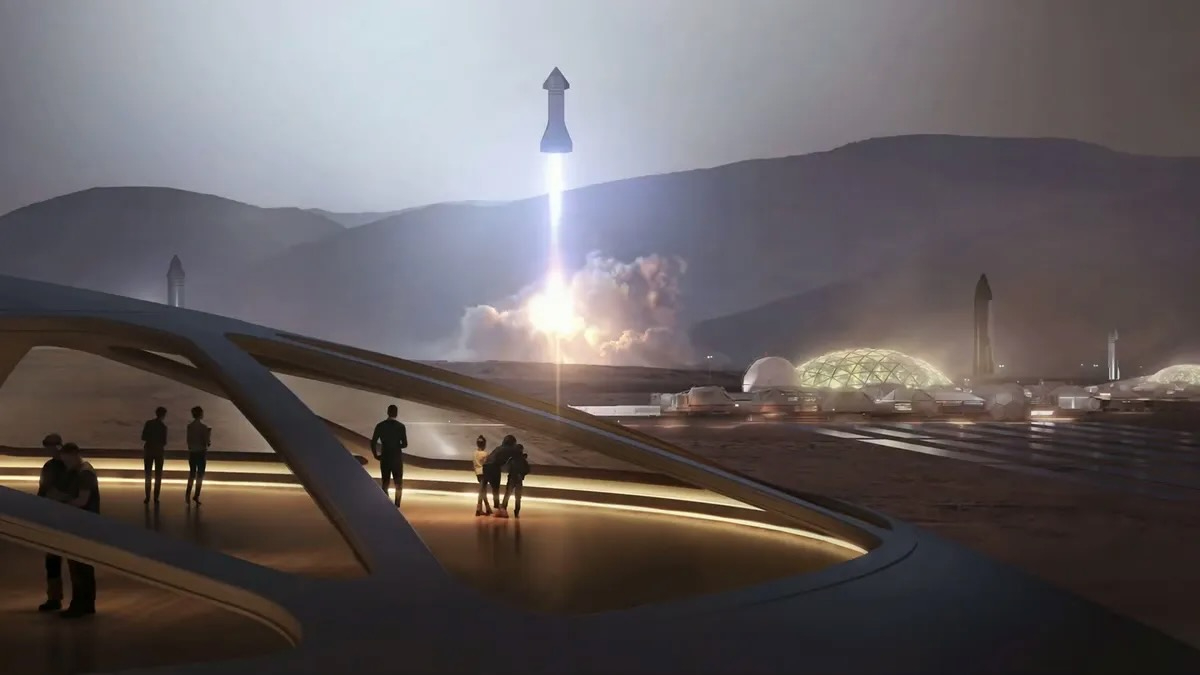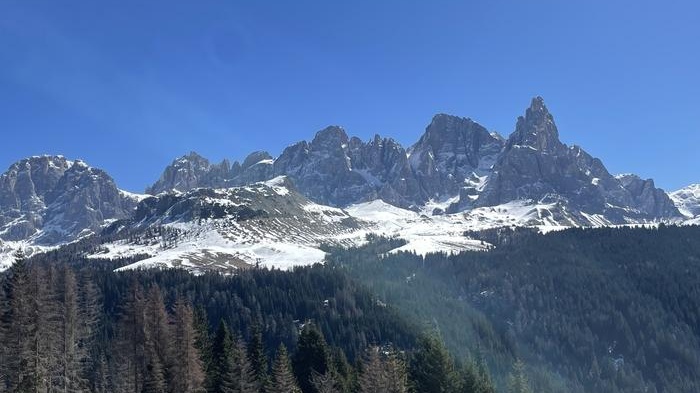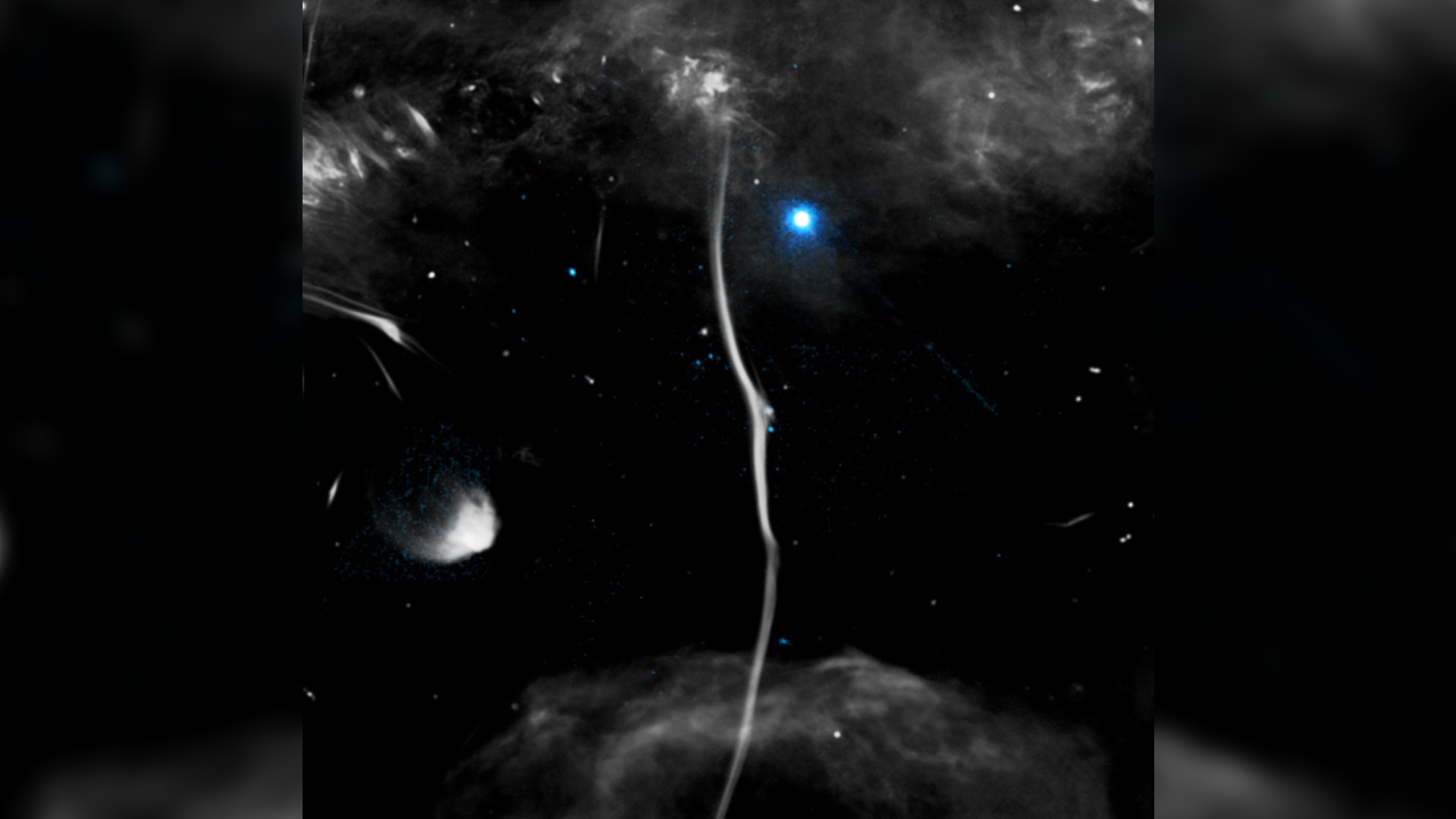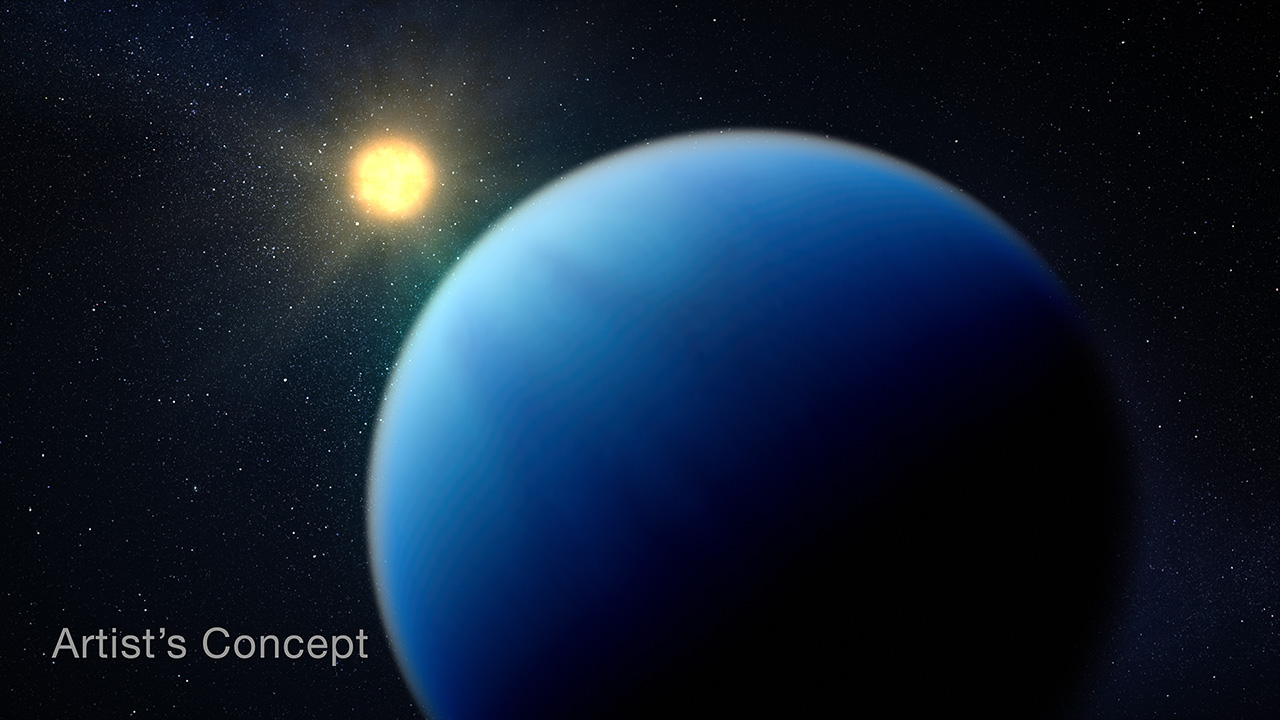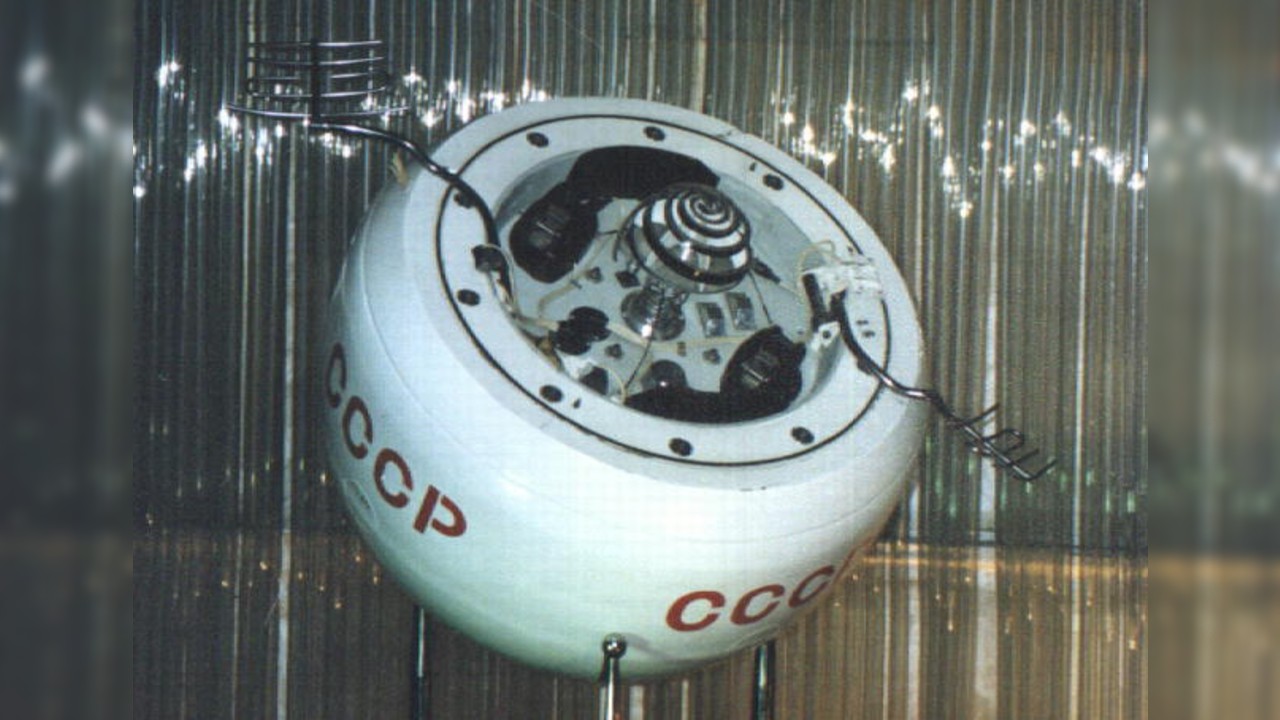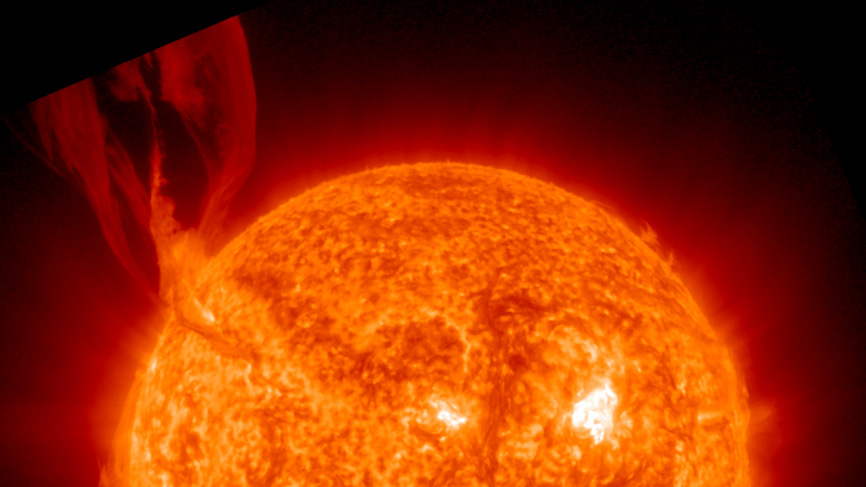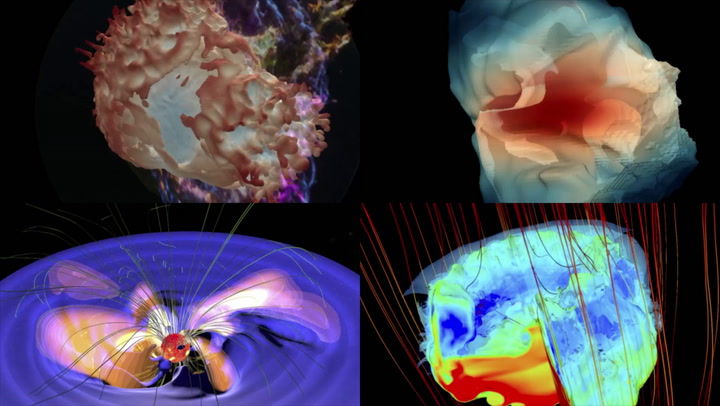TRAPPIST-1 Planet May Be Wet and Life-Friendly
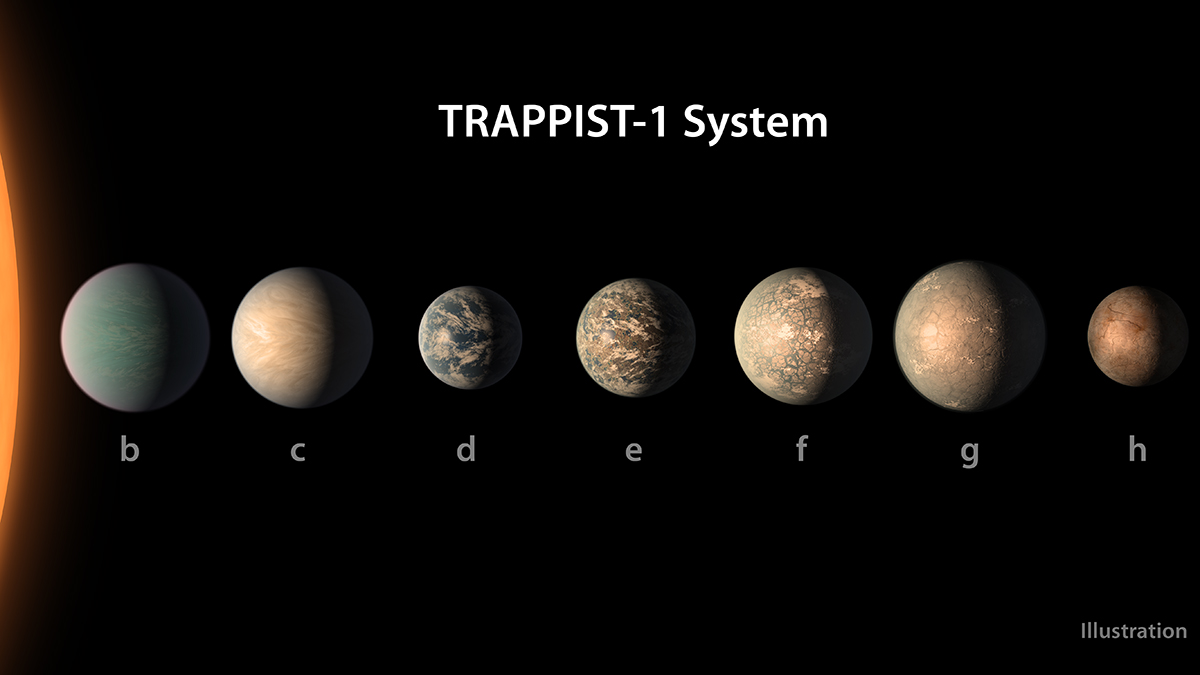
One of seven planets orbiting a small star, TRAPPIST-1, may be capable of supporting life as we know it on Earth, new climate models suggest.
Located 39 light-years away from Earth, TRAPPIST-1 is a relatively cool M-dwarf star with about 9 percent the mass of Earth's sun and about 12 percent its radius. This ultracool star is believed to host at least seven rocky planets that are about the size of Earth or smaller.
Using terrestrial climate and photochemistry models, researchers from the University of Washington (UW) simulated environmental states for each planet of the TRAPPIST-1 system. The models show that all seven exoplanets likely evolved like Venus, meaning that any water or oceans would have evaporated early on in the system's formation, the research team said in a statement. [What Would Life Be Like on the TRAPPIST-1 Planets?]
According to these models, the seven planets of TRAPPIST-1 would have dense, uninhabitable atmospheres. However, one of the worlds, called TRAPPIST-1e, may host liquid water on its surface and, as a result, be able to support Earth-like life, according to the statement.
"We are modeling unfamiliar atmospheres, not just assuming that the things we see in the solar system will look the same way around another star," Andrew Lincowski, a UW doctoral student and lead author of the study, said in the statement. "We conducted this research to show what these different types of atmospheres could look like."
TRAPPIST-1e lies in its star's habitable zone, the distance from a star at which a planet is warm enough to have liquid water on its surface and thus potentially support life as we know it on Earth.
This planet may also have a lot of oxygen, the researchers said. As water evaporates from a planet's surface and is zapped by a star's ultraviolet emissions, the hydrogen and oxygen molecules split, according to the statement. The hydrogen can be light enough to leave the atmosphere despite the planet's gravity, but oxygen will linger. Therefore, TRAPPIST-1 e could have a thick oxygen atmosphere formed through processes that are far different from anything yet observed, the researchers said in the statement.
Get the Space.com Newsletter
Breaking space news, the latest updates on rocket launches, skywatching events and more!
"This may be possible if these planets had more water initially than Earth, Venus or Mars," Lincowski said. "If planet TRAPPIST-1e did not lose all of its water during this phase, today it could be a water world, completely covered by a global ocean. In this case, it could have a climate similar to Earth."
Two other exoplanets of the TRAPPIST-1 system also seem to reside in the habitable zone. TRAPPIST-1d rides the inner edge of that zone, while farther out, TRAPPIST-1h, orbits just past the outer edge of this "Goldilocks-like" region, according to the statement.
"This is a whole sequence of planets that can give us insight into the evolution of planets, in particular around a star that's very different from ours, with different light coming off of it," Lincowski said. "M dwarf stars are very different, so you really have to think about the chemical effects on the atmosphere(s) and how that chemistry affects the climate."
Models of the star's radiation and chemistry demonstrate the possible spectral signatures of gases in its atmosphere. Using this data, researchers can better predict where to look for such gases in the atmospheres of exoplanets, using the James Webb Space Telescope, which is expected to launch in 2021.
"Astronomers will use the observed bumps and wiggles in the spectra to infer which gases are present — and compare that [kind of observation] to work like ours to say something about the planet's composition, environment and perhaps its evolutionary history," Lincowski said.
In addition to the potential habitability of TRAPPIST-1e, the models also suggest that TRAPPIST-1b, the closest planet to the star, is too hot for even sulfuric-acid clouds of Venus to form.
TRAPPIST-1c and d receive slightly more energy from their star than Venus and Earth do from the sun and, as a result, have dense, uninhabitable atmospheres. Also, the outer planets — TRAPPIST-1f, g and h — may be frozen worlds, depending on how much water formed on the planets during their evolution, according to the statement.
"The processes that shape the evolution of a terrestrial planet are critical to whether or not it can be habitable, as well as our ability to interpret possible signs of life," Victoria Meadows, co-author of the study and professor of astronomy at UW, said. "This paper suggests that we may soon be able to search for potentially detectable signs of these processes on alien worlds."
Their findings were published Nov. 1 in The Astrophysical Journal.
Follow Samantha Mathewson @Sam_Ashley13. Follow us @Spacedotcom, Facebook and Google+. Original article on Space.com.
Join our Space Forums to keep talking space on the latest missions, night sky and more! And if you have a news tip, correction or comment, let us know at: community@space.com.

Samantha Mathewson joined Space.com as an intern in the summer of 2016. She received a B.A. in Journalism and Environmental Science at the University of New Haven, in Connecticut. Previously, her work has been published in Nature World News. When not writing or reading about science, Samantha enjoys traveling to new places and taking photos! You can follow her on Twitter @Sam_Ashley13.
